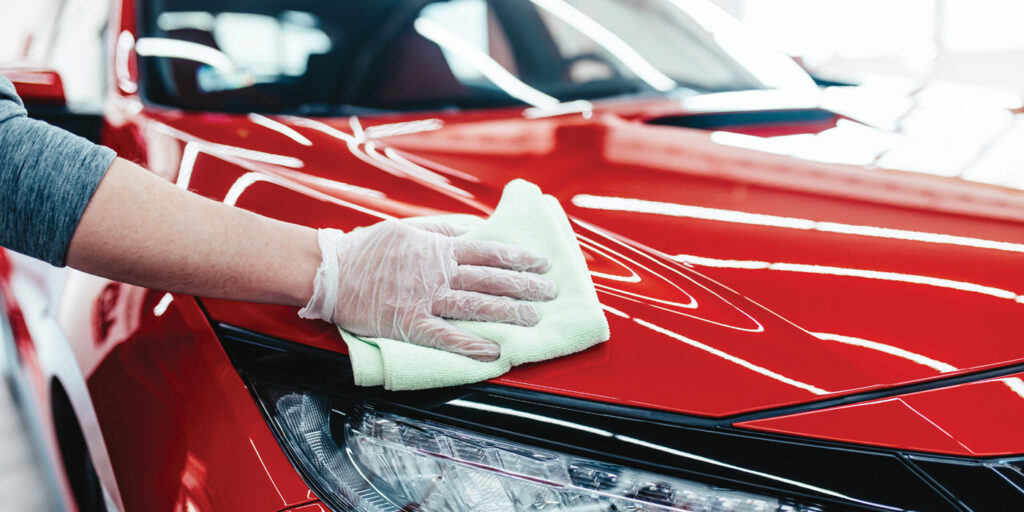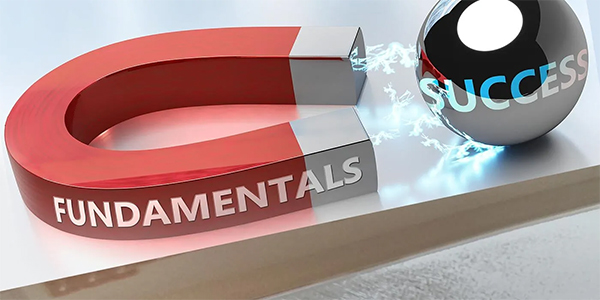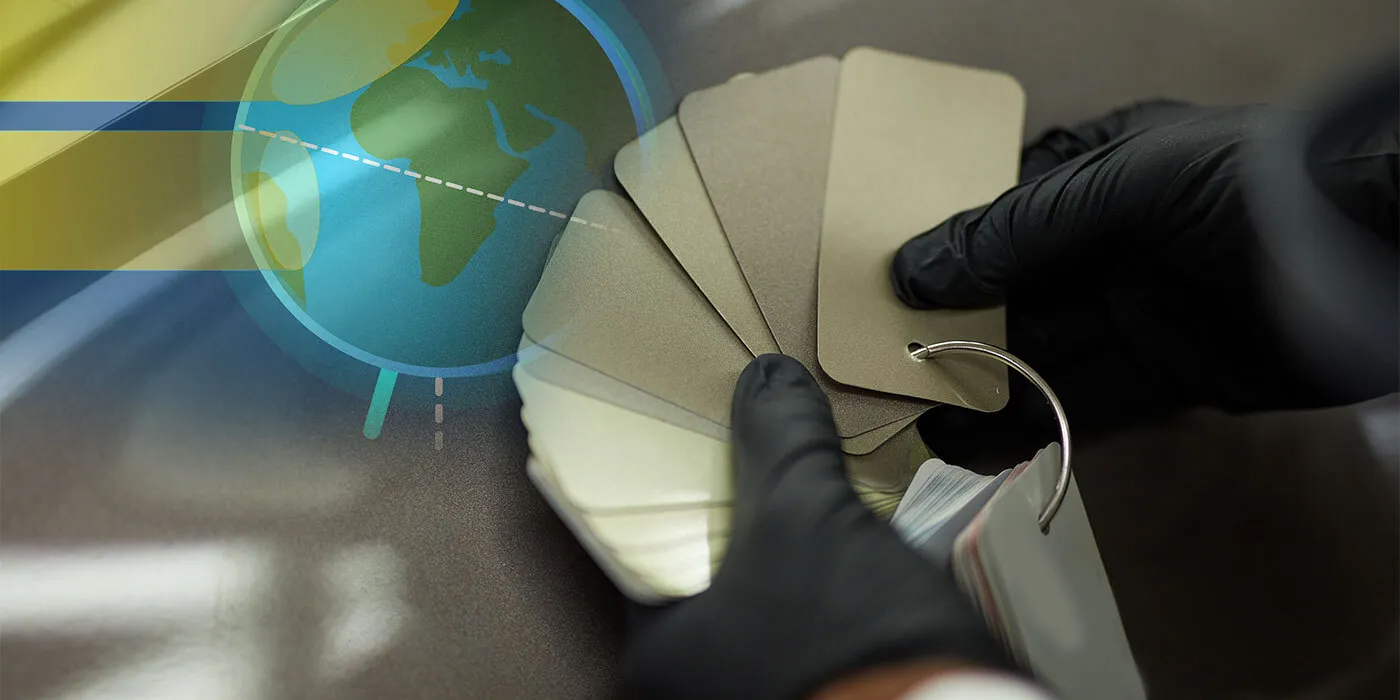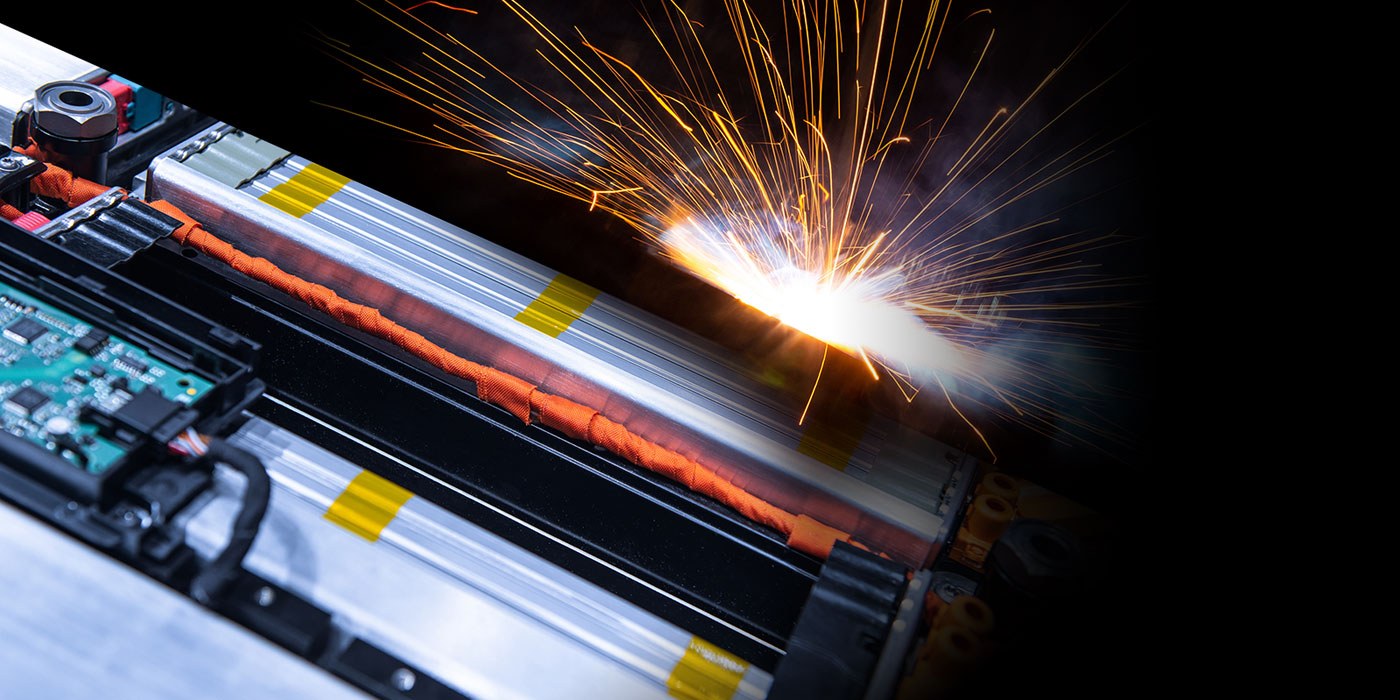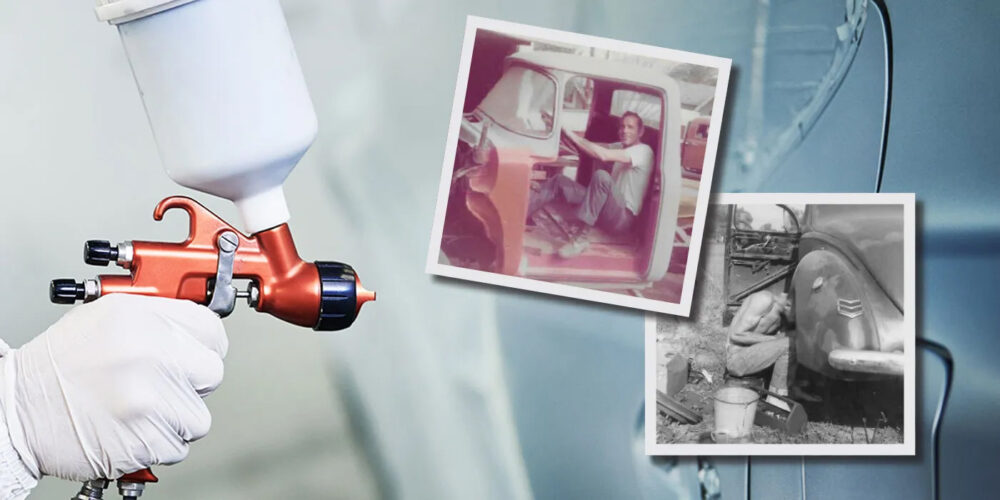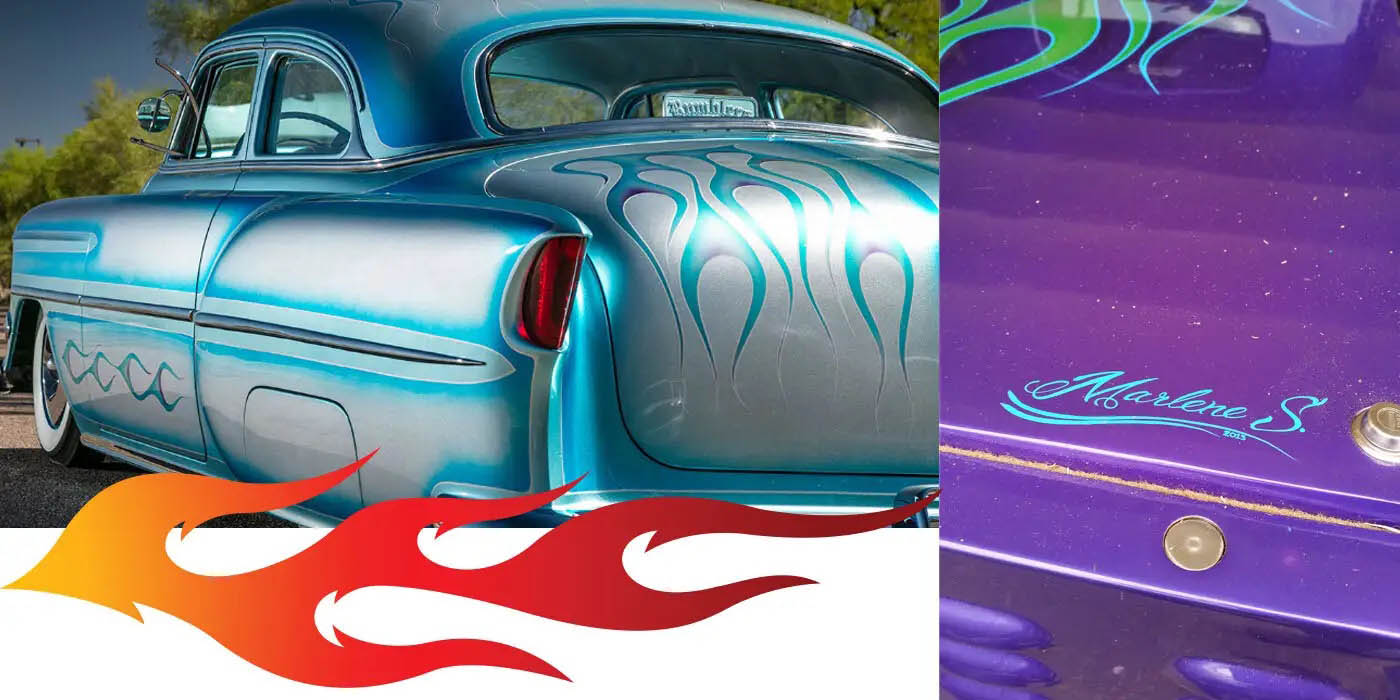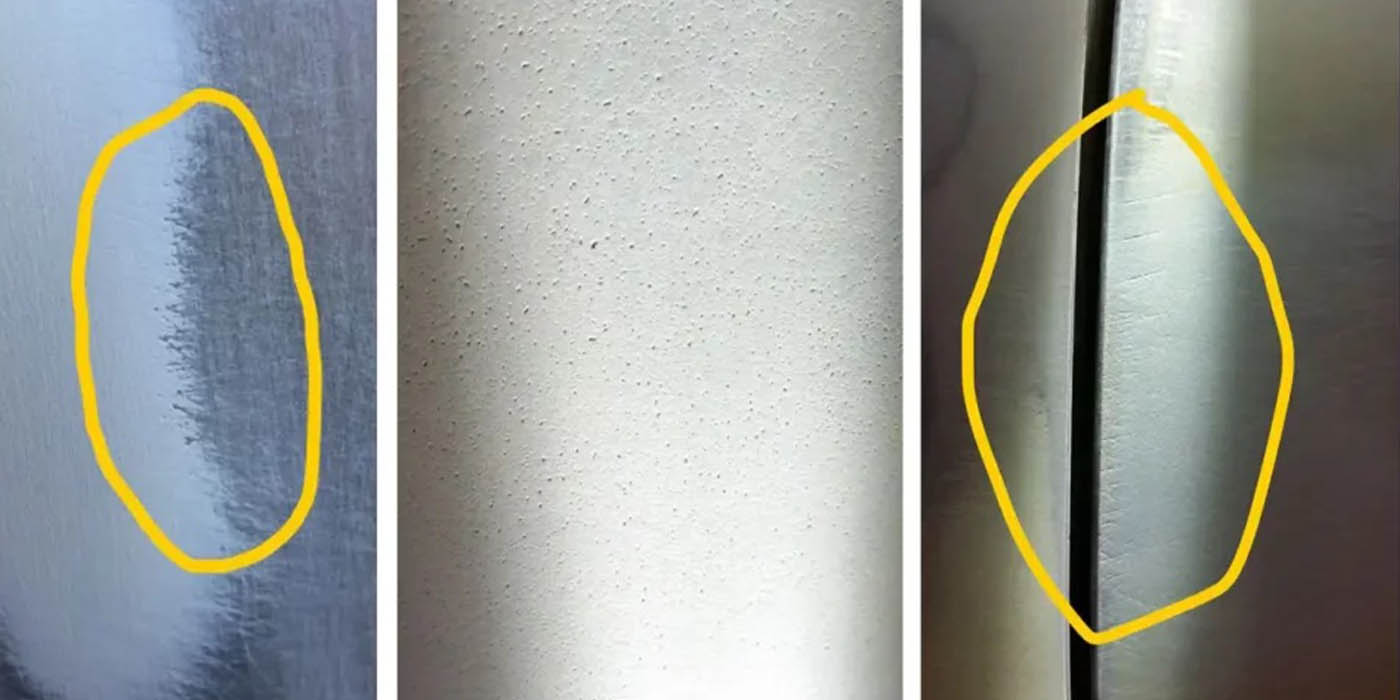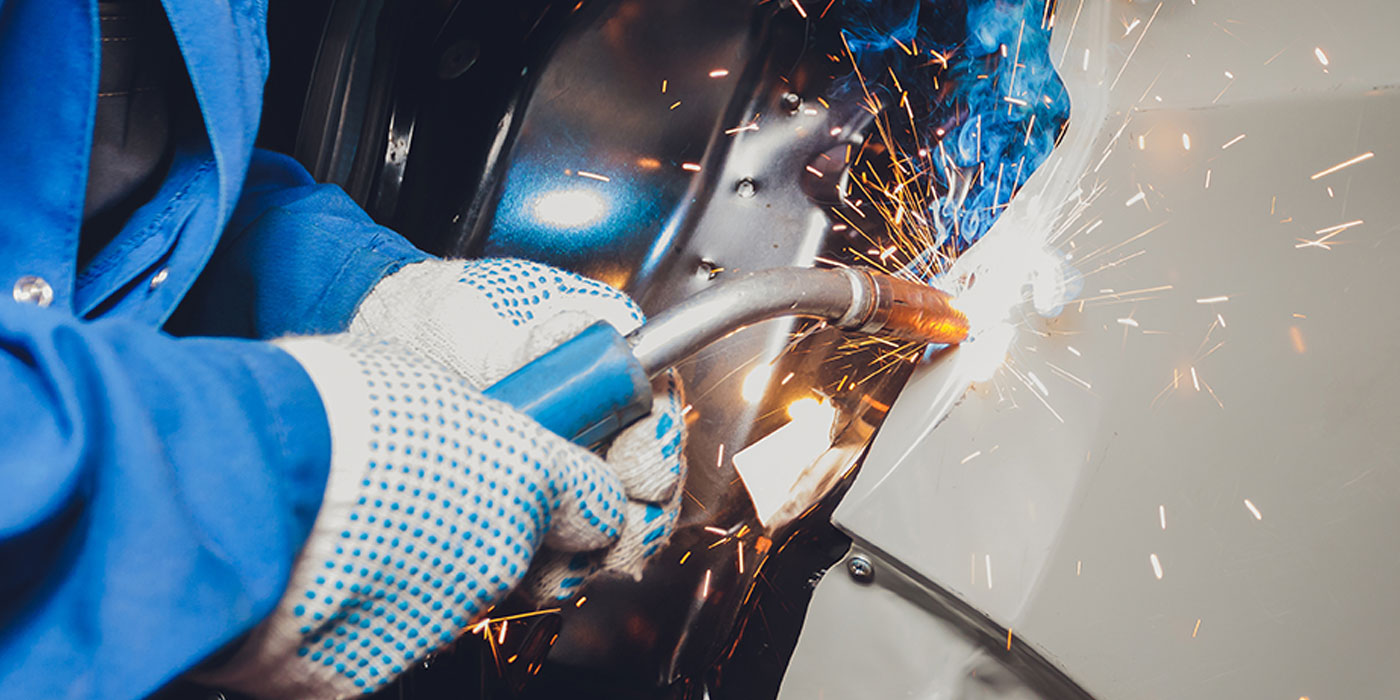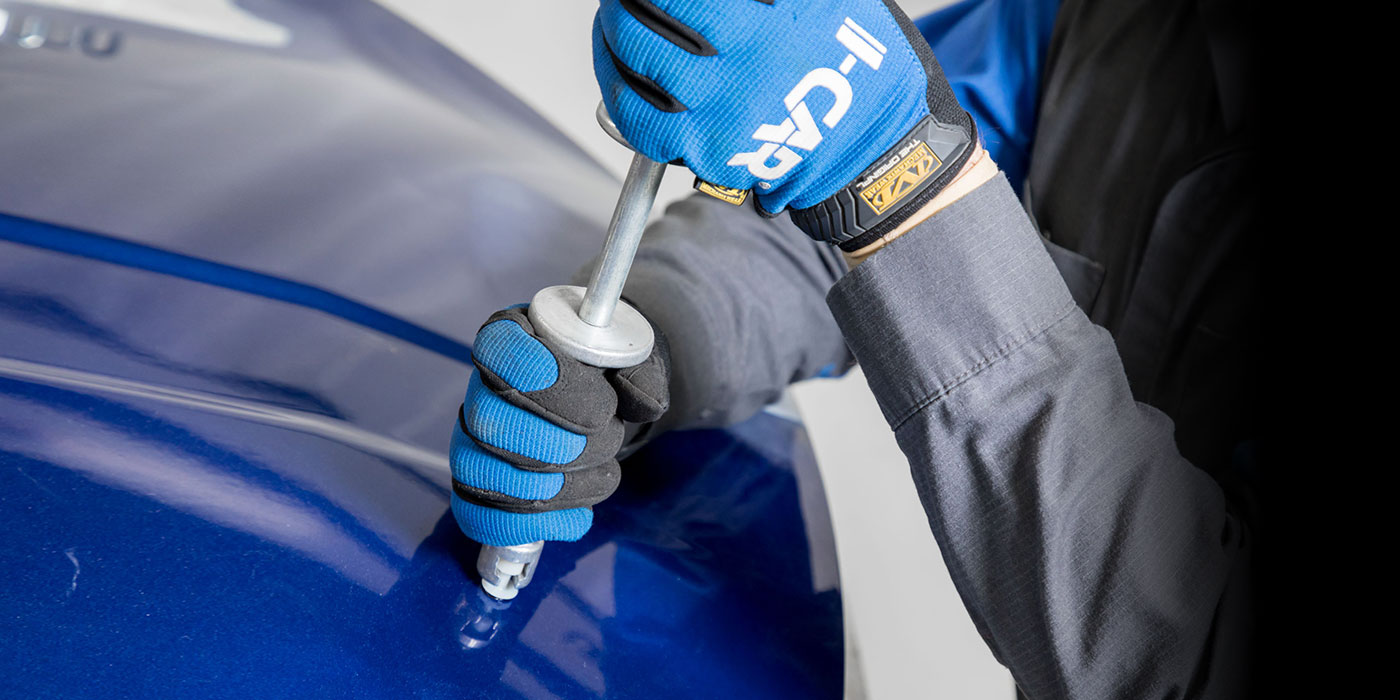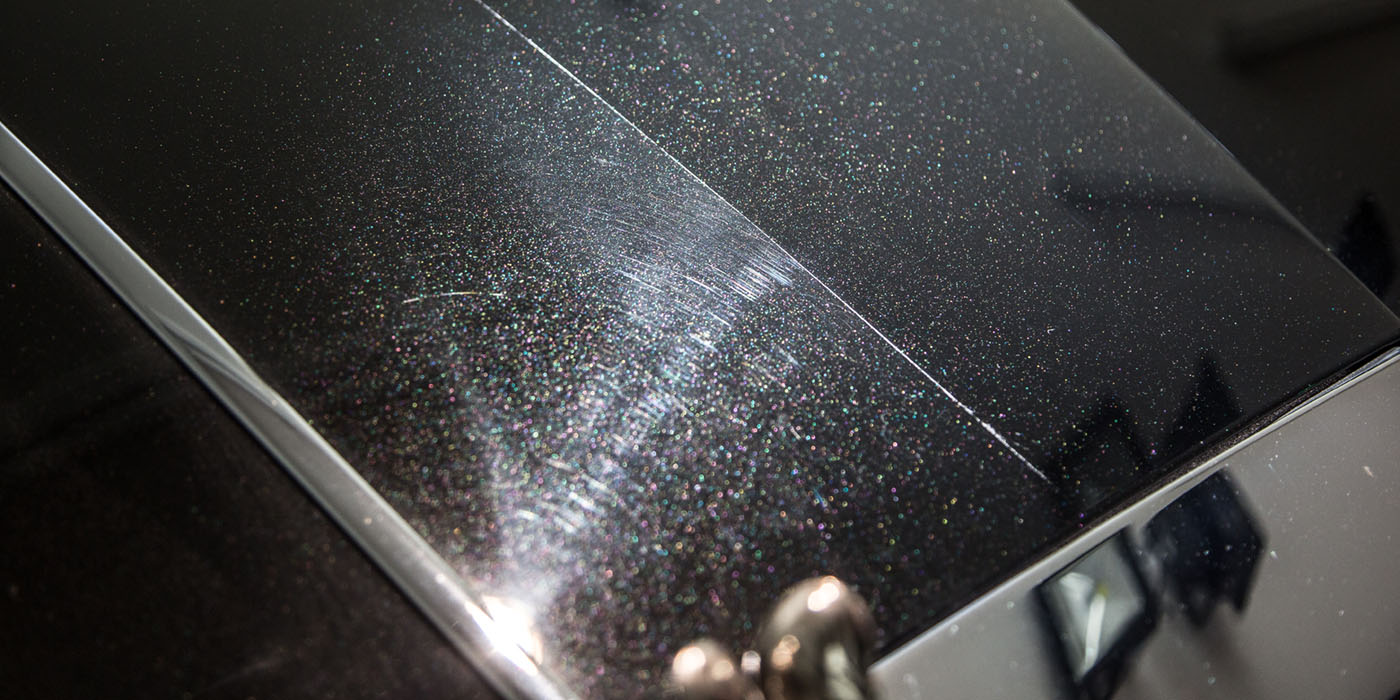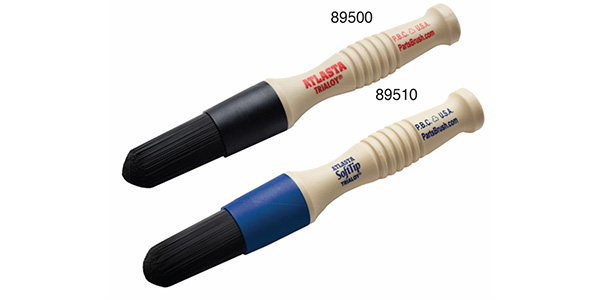Cleaning a car involves a lot more than soap and water. It’s less about the washing than about keeping your car free of large dirt particles, bug guts and road tar. These can do quite a bit of damage – both by letting them sit on the finish too long and in the process of removing them.about:blank
When you’re considering which appearance products are appropriate, think about your goals for the car. What kind of finish do you want, and are there any particular problem areas you’re trying to address?” Once you know these answers, it’ll be easier to make the proper product selection.
According to Consumer Reports, DON’T use plain dish soap to wash your car. It’ll work in a pinch, but generally, it’s too harsh for automotive paints and clearcoats and could strip off wax or clearcoat in some cases. You should only buy soap that’s made for washing cars. There are many to choose from, so the particular brand comes down to preference. Also use a very soft sponge or mitt that won’t scratch the paint. Be sure to use a brush or soft rag in a separate bucket from the body wash and mitt for the wheels. These two should never mix.
If you have a pressure washer, you may want to invest in a foam sprayer that will blast a coating of soap that looks like shaving cream. It’s very gentle and lifts the dirt and debris away from the paint so it can be rinsed away without scratching anything. Some sprayers come with quick disconnects so you can take it off to rinse the soap away in one step.
Moving to the next step is where it gets a little more complicated. Do you need a clay bar, cutting wax, sealant, carnauba wax? The answer depends on how far you are willing to go on your vehicle’s appearance. Using a clay bar will remove contaminants from the paint that weren’t removed during the washing process. Run your hand over the surface after you wash, and it feels rough. It’s time to clay, according to car wash experts.
Ceramic sealants are hot right now, and they do add an extra layer of protection between washing and waxing. Using a ceramic sealant or hybrid spray adds a thin, clear coat and fills in the paint’s peaks and valleys. If you need to fix any minor flaws in the paint after that, you can use a cutting wax, then follow with a final wax coat.
Be sure you stock plenty of micro-fiber towels in various sizes because they’re used throughout the detailing process, from the washing to drying and cleaning the interior.
Speaking of the interior, you want to remove all of the garbage that has built up since the last wash. Clean out the trunk, the cup holders, glovebox, center console and side pockets. That alone makes a big difference. After vacuuming out and cleaning the floor mats, use a specialty interior cleaner. Some interior cleaners can be used on everything from the windows to the dashboard. But be sure to use clean microfiber on the windows to avoid streaks.
As you clean the exterior of the car, pay attention to any tell-tale signs of vehicle damage or leaking fluids, low tires or missing trim. A clean car is worth more to the owner but the cleaning process also will help preserve and maintain the vehicle longer. According to Rich White, executive director of the Car Care Council, “A clean car is money in the bank.”
This article is courtesy of Counterman.

